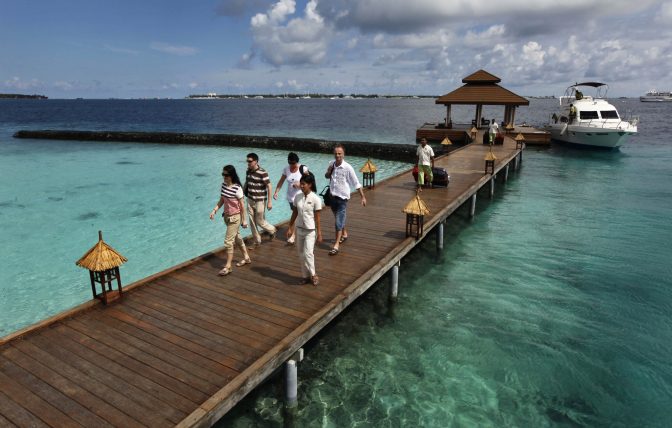

By Guest Writer Dolores Semeraro
The Indian Ocean’s most coveted tropical islands are re-opening their borders to international tourists as we speak, but how much travel confidence has actually been restored across the consumers?
The Maldives has re-opened its borders in July with no Covid-19 tests required prior arrival, Seychelles is set to open on the 1st of August to low-risk arrival countries; both of them are not imposing quarantine to tourists upon arrival. Sri Lanka, previously set to re-open its borders next week, has now delayed to mid-August. Travelers heading to Sri Lanka would need to present a negative Covid19 test taken no more than 72hrs prior to traveling. Mauritius’ borders remain closed, with a tentative opening date set for the 1st of September with mandatory quarantine.
With all this in mind, how is a traveler supposed to rebuild his or her travel confidence while searching online for their next holiday? Are hotels and resorts providing the right information in the right format? Let’s take a closer look.
Apart from publishing a comprehensive update on global mobility, TripAdvisor has implemented a range of COVID19 information on the hotel page including checklists, personalized letters from the hotel manager, and opening offers. An ongoing analysis across the industry shows that many of the resorts included in the study have copy-pasted the computer-generated ‘message from the manager’ that would supposedly make you feel safe and welcomed. The-Same-Message. Copy-pasted.
Would that sound reassuring to you?
Facebook and its realm of social media channels, have long provided COVID19-related add-ons when you post an update, yet, the results of the study are showing that hardly any resort is actually using it when posting, let’s say, their re-opening date to their followers. Wouldn’t that be the perfect COVID19 update?
Now, let’s leave the web profiles aside for a moment and concentrate on the type of content the audience looks for and needs to restore its travel confidence.
Video content
At this stage, every resort wants you to download their multi-pages PDFs, the Health & Safety guidelines implemented at the property from the moment you arrive until you bid farewell. Saii Lagoon Maldives, however, embraced the video trend by showing, with a simple short-movie, how it all looks like from a customer’s perspective. How much more powerful are a few seconds video versus pages of FAQ in a pdf format? The answer is yours to give.
Mirror-content is a no-go
If video content is king, Instagram & Facebook Stories are now the most used apps on social media followed by IGTV and LIVE Content. If I were to search for what’s happening in real-time at the resort I am planning to book, I would head straight to these two. Recent results have shown that during the closure, hardly any resort has published video or live content, preferring instead a mirror content strategy whereas the same post is replicated across different social media. But how relevant is an Instagram-fit picture on your hotel’s LinkedIn page?
Most importantly, as island countries are re-opening their borders and airlines are flying again, the type of message we are putting out today needs to rebuild travel confidence so that our audience could feel safe again. According to PWC’s latest ‘consumer sentiment survey’, travelers are willing to pay more to have more space, securing social distancing when on holidays. Some resorts are even operating at a reduced capacity to guarantee more space among their guests. But is having ‘a buffer’ going to make a difference?
Here are 3 creative ways to share informative content that helps restoring travel confidence:
– A mini-video walk-thru by the General Manager showing the new basics of hygiene standards and social distancing instead of a download-able pdf;
– Short Live session on Facebook or Instagram to show the changes in each area of the resort instead of a checklist;
– An overview of ‘the journey’ from the airport to the resort instead of a link to the government website;
All of the above, then, shall be visible on your website. By now, we all know that videos convert more than written posts, especially on social media. A faster and more effective strategy that aims to rebuild the special relationship you have with your audience must embrace video marketing, enabling you to reach them straight at the core of what they need the most: restore their travel confidence.
About the writer: Dolores Semeraro is a hospitality keynote speaker on the topic of ‘Learn how to speak the digital language of your audience’ and a former Marketing and PR professional. In her decade- long career in the tourism and travel industry, she created and executed cross-cultural communication strategies. She now speaks to organizations and travel institutions around the world on the connection techniques that successfully turn passive audiences into brand advocates.